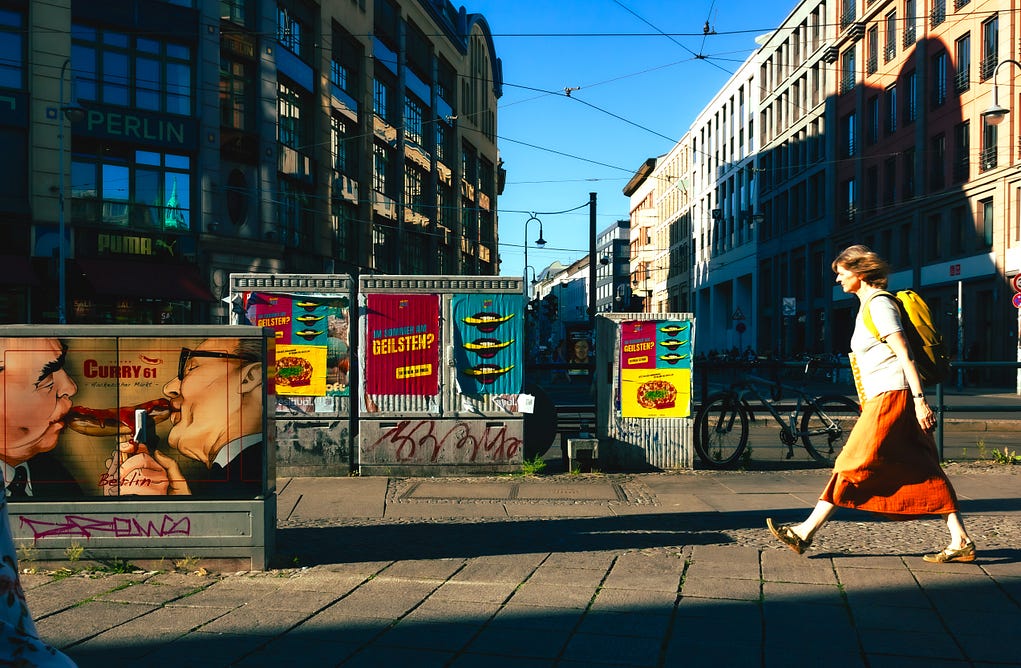Street Photographers - Truths
Table of ContentsThe Buzz on Street PhotographersThe Facts About Street Photographers RevealedWhat Does Street Photographers Do?Get This Report about Street PhotographersGetting My Street Photographers To Work
Road professional photographers do not necessarily have a social purpose in mind, yet they prefer to isolate and catch minutes which may or else go unnoticed.He was affected by many of those who influenced the street professional photographers of the 1950s and '60s, he was not mainly interested in catching the spirit of the street., that worked side by side with photographers trying to record the significance of metropolitan life.
As a result of the fairly primitive technology readily available to him and the long direct exposure time needed, he struggled to capture the hustle and bustle of the Paris roads. He explored with a collection of photo techniques, trying to find one that would permit him to record motion without a blur, and he located some success with the calotype, patented in 1841 by William Henry Fox Talbot. Unlike Atget, photographer Charles Marville was hired by the city of Paris to create an encyclopaedic document of Haussmann's city preparation project as it unravelled, thus old and brand-new Paris. While the digital photographers' topic was essentially the exact same, the outcomes were considerably various, showing the effect of the digital photographer's intent on the character of the photos he created.
Street Photographers Can Be Fun For Everyone
Offered the fine top quality of his photos and the breadth of product, architects and musicians usually bought Atget's prints to make use of as referral for their own work, though commercial interests were barely his main motivation. Instead, he was driven to photo every last remnant of the Paris he loved.

Unlike his peers, Brassa used a larger-format Voigtlnder electronic camera with a longer exposure time, compeling him to be more computed and thoughtful in his technique than he could have been if utilizing a Leica. (It is assumed that he may not have actually had the ability to pay for a Leica at that time, but he did, however, use one in the late 1950s to take colour photos.) Brassa's photos of the Paris underworld lit up by fabricated light were a revelation, and the collection of the collection that he released, (1933 ), was a major success.

The Facts About Street Photographers Revealed
It is as a result of this essential understanding of the art of photo taking that he is commonly attributed with finding the tool throughout again roughly a century given that its development. He took photographs for even more than a half century and affected generations of digital photographers to trust their eye and instinct in the moment.
These are the concerns I shall attempt to respond to: And after that I'll leave you with my own definition of road photography. Yes, we do. Allow's begin with specifying what a meaning is: According to it is: "The act of specifying, or of making something definite, unique, or clear".
No, absolutely not. The term is both limiting and deceiving. Seems like a road photography should be photos of a streets appropriate?! And all road digital photographers, besides helpful resources a little number of absolute novices, will completely appreciate that a street is not the vital part to road photography, and in fact if it's a photo of a road with perhaps a few monotonous individuals not doing anything of interest, that's not street digital photography that's a snapshot of a road.
Get This Report on Street Photographers
He makes a legitimate point do not you believe? Nevertheless, while I agree with him I'm uncertain "candid public digital photography" will catch on (although I do kind of like navigate to this site the term "honest photography") since "road photography" has actually been around for a long time, with numerous masters' names affixed to it, so I think the term is here to remain.
Inside?! I hear you yell as you tremble your hand to the skies. Why not? You can contend the coastline, at an event, in a street, in a park, in a piazza, in a cafe, at a gallery or art gallery, in a metro terminal, at an event, on a bridge, under a bridge ...
Yes, I'm worried we have no selection! Without policies we can not have a definition, and without an interpretation we don't have a category, and without a genre my link we don't have anything to define what we do, and so we are embeded a "guidelines definition genre" loop! And no-one intends to obtain stuck in a loophole. - Street Photographers
